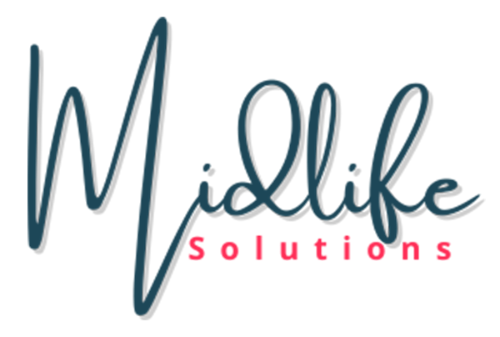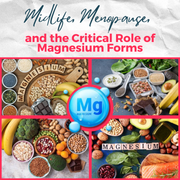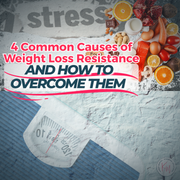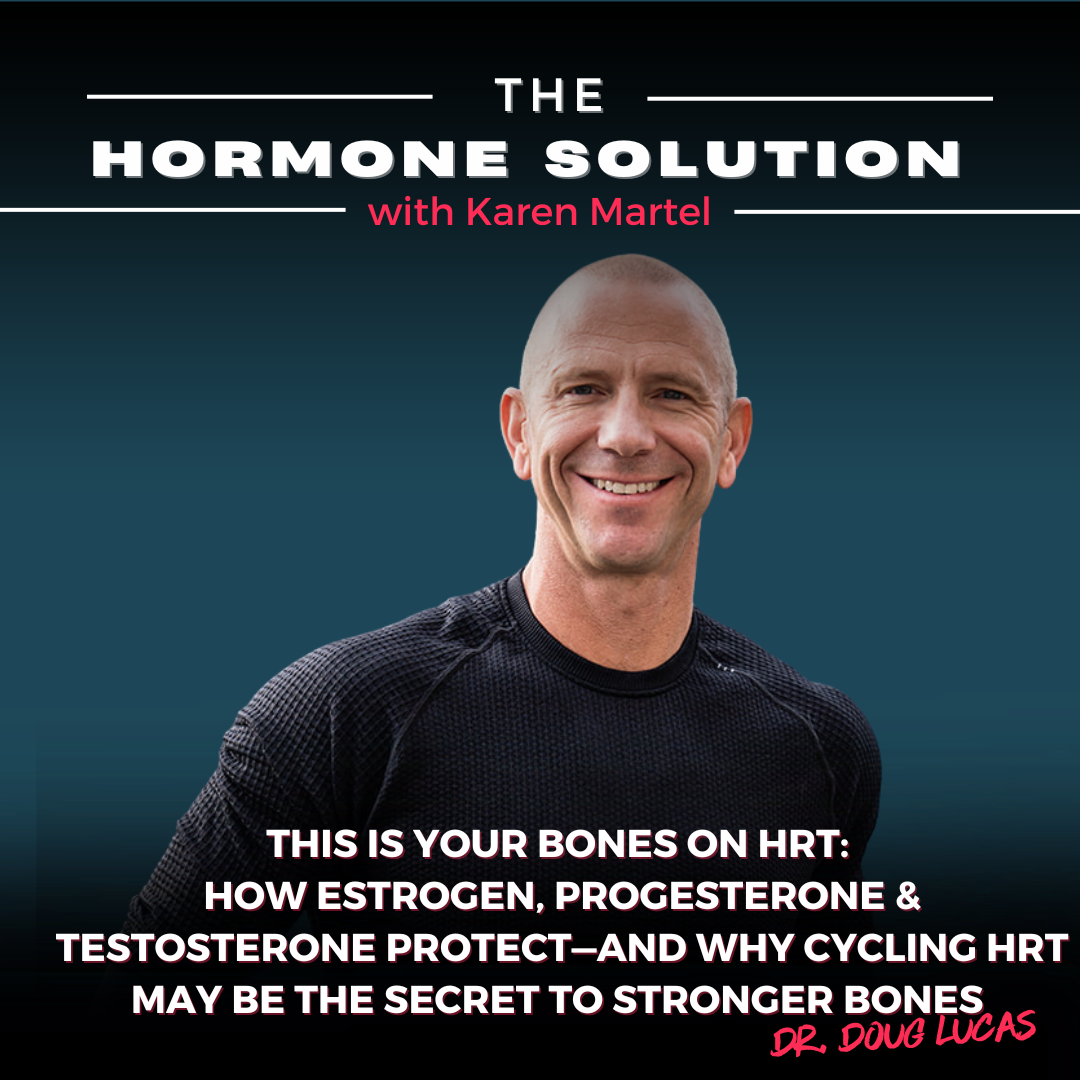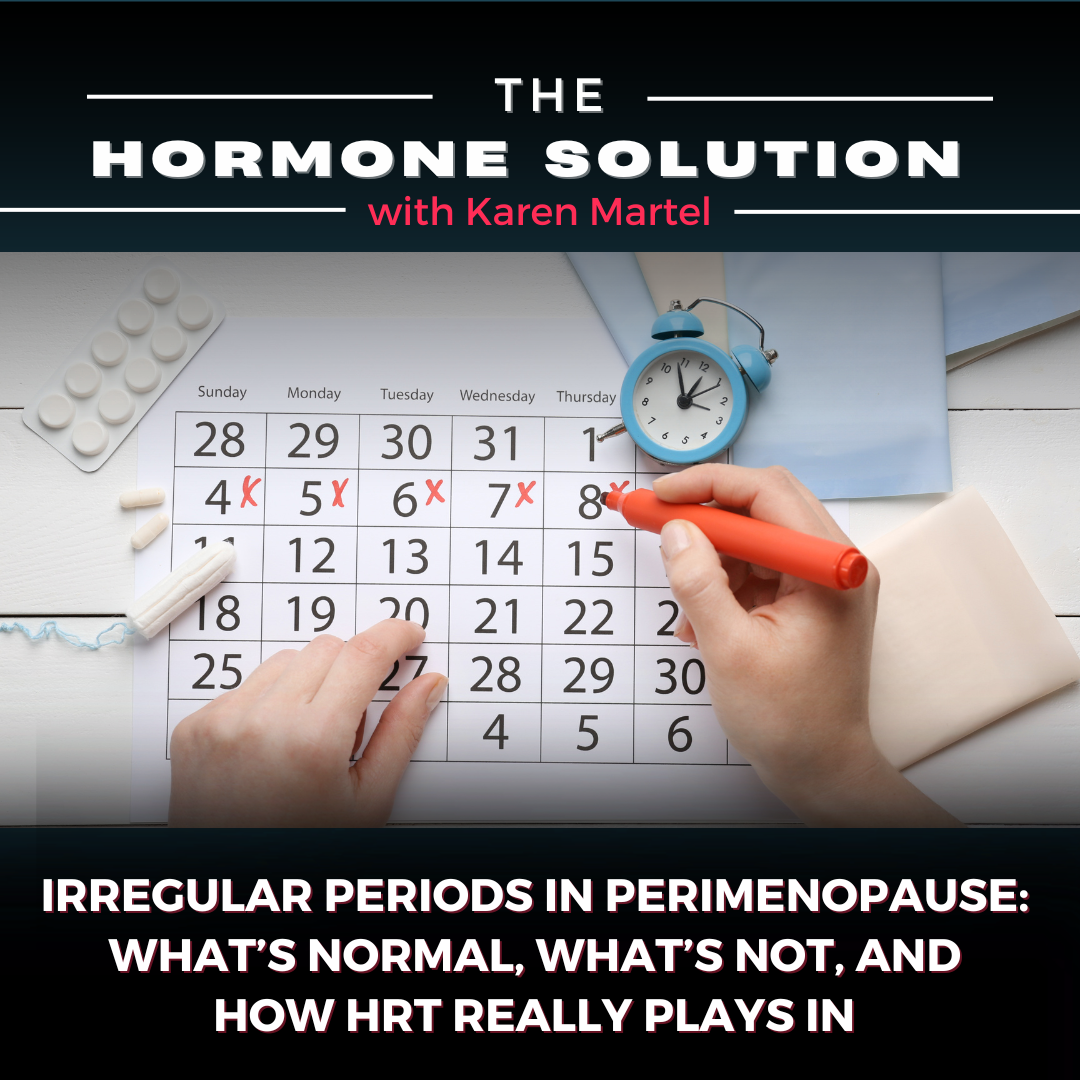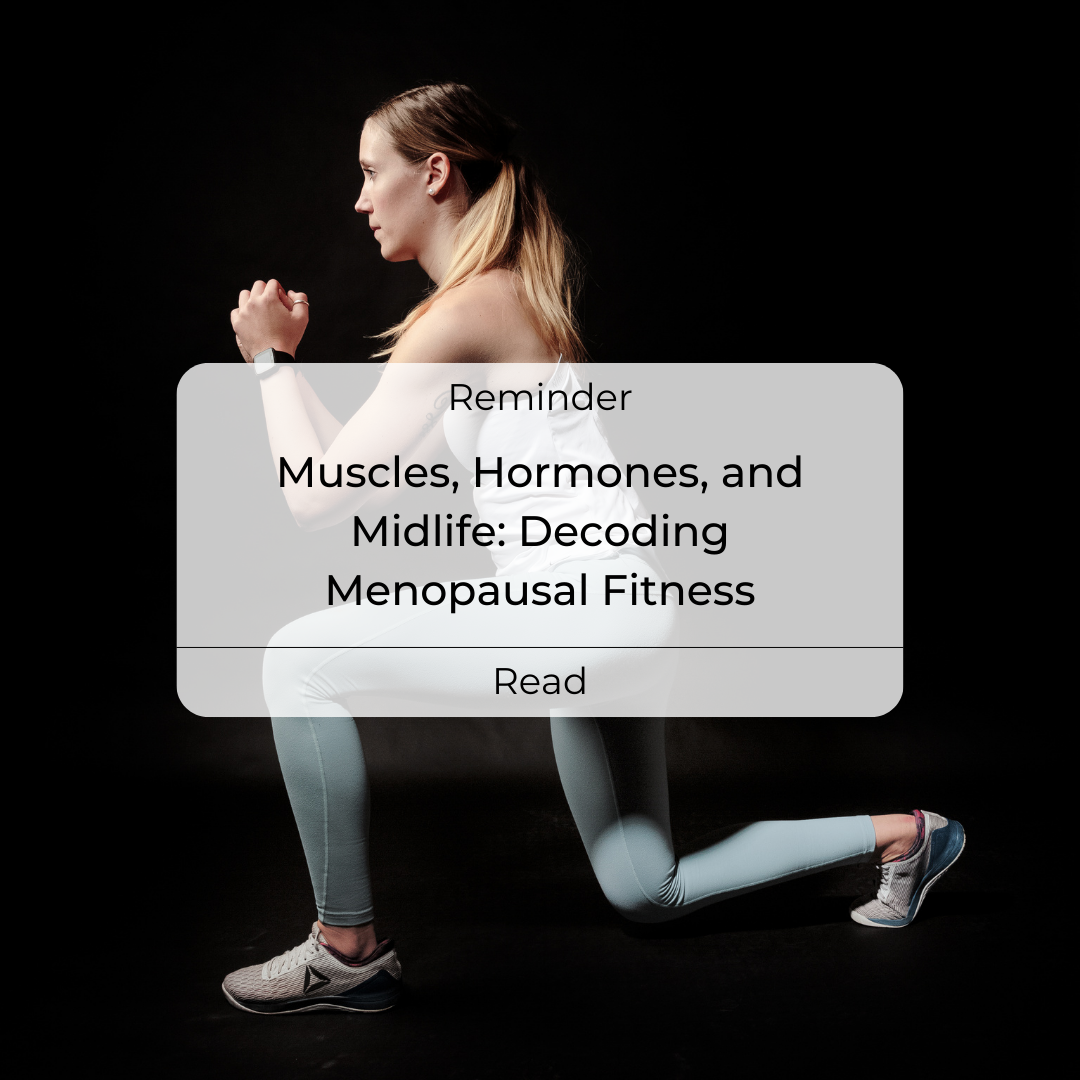
Muscles, Hormones, and Midlife: Decoding Menopausal Fitness
Staying active during menopause is essential, but let's face it—your old workout routine from your 20s might not cut it anymore. Blame those hormone shifts! Understanding what works best for you now is like deciphering a fun, hormone-filled mystery."Decoding Menopausal Exercise: It's More than Just Sweat!" Have you ever paused mid-plank and wondered if your workout considers your hormones? Odds are, it doesn't. Even those buff personal trainers often skip the hormone memo. When was the last time someone asked about your estrogen levels before a workout?Let's face it, you're not a lab experiment, a dude, or a spring chicken anymore. As we stride into midlife, our hormones throw us curveballs, calling for a different game plan.
Menopause can usher in sarcopenia, where muscles weaken. It's not just a concern for older women—it affects middle-aged adults too. Hormonal changes during menopause play a big role in this muscle loss. Understanding how menopause triggers sarcopenia can help us prevent it and keep muscles robust with age. We want to keep those muscles strong in menopause! Muscles aren't just about looks; they're crucial for health. Strong muscles improve insulin sensitivity, vital for managing blood sugar and preventing diabetes. They're also like body armor for bones. When we challenge our muscles through exercise, they signal our bones to stay sturdy, lowering osteoporosis and fracture risks. During menopause, both estrogen and testosterone levels drop. This hormonal rollercoaster complicates why muscles weaken. Studies comparing women pre- and post-menopause show lower muscle mass post-menopause. This can lead to weight gain, insulin resistance, and osteoporosis.
The Estradiol Drama in Menopause Ah, estradiol's exit during menopause—it's a plot twist in a hormonal soap opera! Here's the scoop: Estradiol, a form of estrogen, is vital for muscle health. As it bids adieu during menopause, our muscles may feel neglected. This loss can decrease muscle mass and strength, making gym weights feel heavier. Estrogen is a superhero for muscles—it keeps them strong. When estrogen levels dip, two things happen: muscles lose mass, and remaining muscle quality declines. Low estrogen can cause muscle cells to die, leading to mass and strength loss. Estrogen also impacts muscle processes affecting strength, like how certain muscle proteins work. Understanding these processes helps us keep muscles healthy, preventing issues like weakness. Now, onto fat distribution drama. Estradiol doesn't just affect muscles; it also influences body fat storage. Its departure tends to relocate fat to our abdomen. That's why midlife may bring a new body shape, with more weight around the middle. In short, saying goodbye to estradiol can mean weaker muscles and a new waistline journey. But fret not! With the right exercise and tweaks, we can rock our midlife bodies.
Testosterone in Menopause Testosterone's decline in menopause, alongside estrogen, affects muscles and weight. It's crucial for muscle mass and strength. As it drops, women may lose muscle mass, leading to weakness and decreased performance. This loss can also slow metabolism, making weight gain easier, especially around the abdomen. One way to counteract muscle loss is hormone therapy (HT). Some studies show HT preserves muscle mass in postmenopausal women, especially early menopause.
A recent study gave transdermal estradiol to early-postmenopausal women. It increased estrogen receptor activity in muscles and reduced muscle breakdown. However, this effect didn't occur in late-postmenopausal women.
Understanding how hormones affect muscle metabolism helps prevent sarcopenia in menopausal women.
What's the Best Exercise? Exercise advice for postmenopausal women often overlooks their specific needs. Most recommendations stem from male-focused studies. Researchers dove into studies on postmenopausal women aged 50 to 65, checking how different exercises impact weight, body fat, bone strength, muscle performance, flexibility, balance, heart/lung fitness, blood pressure, cholesterol, blood sugar, and insulin.
After sifting through 28 studies with 2600+ participants, early postmenopausal women benefit from 30 minutes of moderate daily walking split into sessions, along with two weekly resistance training sessions. Walking is easy to start and fits daily routines. Begin with lighter weights and gradually intensify for resistance training, easily done at home.
Stretching pre and post-workout is crucial. This routine maintains weight, bone strength, muscle mass, and improves flexibility, balance, and health markers.
Watch your cardio intensity! Hormonal changes during menopause can affect how our bodies react to exercise. While quick cardio bursts are fantastic for regulating blood sugar, boosting cognition, and enhancing memory, we should steer clear of prolonged, intense workouts that ramp up cortisol levels (which are already high during menopause). Too much of this stress hormone can signal our bodies to hold onto fat, which is definitely not our goal!
You can incorporate short bursts of REHIT or HIIT exercises into your weekly routine. REHIT stands for Reduced Exertion High Intensity Training. REHIT was developed by scientists looking for the shortest, most effective and accessible way to exercise. REHIT creates the most potent training stimulus with just 2×20-second sprints. HIIT stands for High-Intensity Interval Training. It's a type of exercise that involves short bursts of intense exercise followed by periods of rest or lower-intensity exercise. The goal of HIIT is to push your body to its maximum capacity during the intense bursts, typically lasting anywhere from 20 seconds to a few minutes, and then allowing for recovery before repeating the cycle. This type of training is known for its effectiveness in burning calories, improving cardiovascular fitness, and boosting metabolism in a shorter amount of time compared to traditional steady-state cardio workouts.
I recently invested in a CAROL bike to get in my REHIT quota of the week. It has been a game changer as I am someone who really despises long bouts of intense cardio. REHIT creates the most potent training stimulus with just 2×20-second sprints. It’s scientifically proven to deliver superior health and fitness benefits compared to normal exercise—requiring only 15 minutes instead of 2.5 hours per week, recommended in government guidelines.
With just 3×5-minute workouts per week, REHIT on CAROL has been shown to improve your cardiorespiratory fitness (VO2max) by 12% and reduce your risk of developing metabolic diseases by 62% in only 8 weeks.For all the fascinating details on the CAROL Bike, I highly recommend listening to the episode I did with Ulrich Dempfle "AI-Powered Fitness: How This Breakthrough Exercise Equipment is Redefining Cardio in Just 3 - 5 minute Workouts a Week" . It's a deep dive into why this bike is a total game-changer.
You can get $100 off your CAROL Bike with the coupon code HORMONE.
Stress Reducing Exercise In my experience, engaging in stress-relieving activities like walking and yoga during menopause is incredibly beneficial. Depending on your yoga practice, it can enhance your physical strength, boost mental resilience, support heart health, improve balance to prevent falls, and maintain flexibility and mobility. Research indicates that consistent yoga practice can significantly impact various menopausal symptoms. Pranayama, or controlled breathing in Sanskrit, plays a crucial role in yoga by calming anxiety, reducing mental chatter, and promoting relaxation for better sleep. Moreover, yoga isn't just about physical benefits; it also lifts mood and promotes mindfulness, especially through practices like Savasana. Yoga's positive effects extend to blood pressure regulation, improved oxygen circulation, joint health, fatigue reduction, and even management of hot flashes. It's a holistic approach that supports overall well-being during menopause, complementing other activities like walking and strength training to ensure a balanced and sustainable path to long-term vitality.
To figure out what works best for you, keep tabs on your daily energy levels and track changes in your body composition. It's time for a mindset shift away from decades-old conditioning thatchronic cardio and calories in calories out is the only way to stay fit and lose weight.
You can also book a Discovery call here. We have a great team to guide you in this journey to a healthier and stronger midlife!

Find Karen Martel on Apply Podcast
Karen Martel is a Certified Hormone Specialist and Transformational Nutrition Coach dedicated to empowering women through their health journeys.
As the host of the popular podcast The Hormone Solution, Karen tackles the complexities of hormonal health, weight loss resistance, and the challenges that come with perimenopause and menopause.
Her mission is to disrupt outdated narratives surrounding women's health, providing reliable information and practical solutions that help women reclaim their vitality.
Tune in to discover how to embrace life's stages while enhancing overall well-being.
